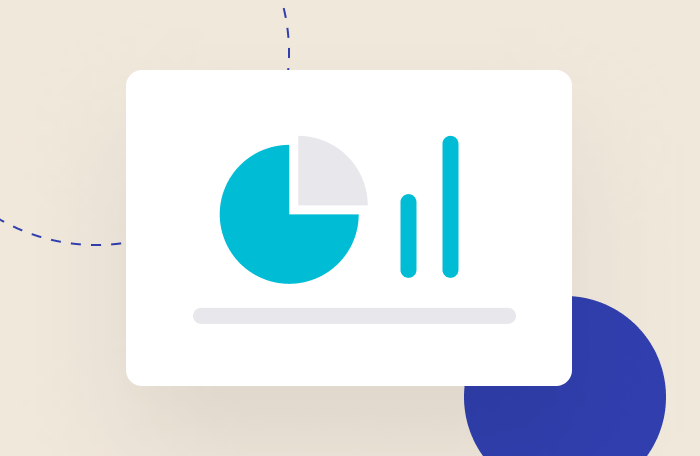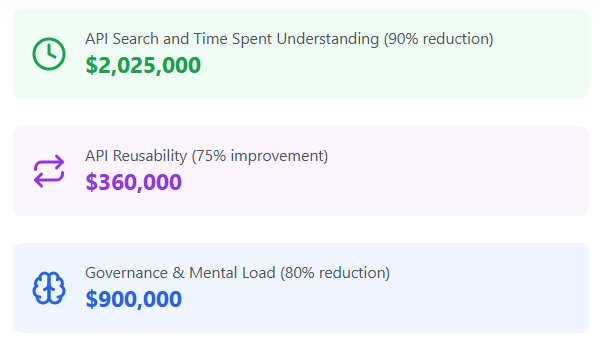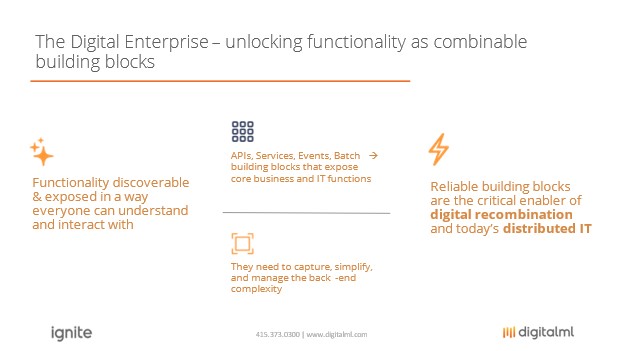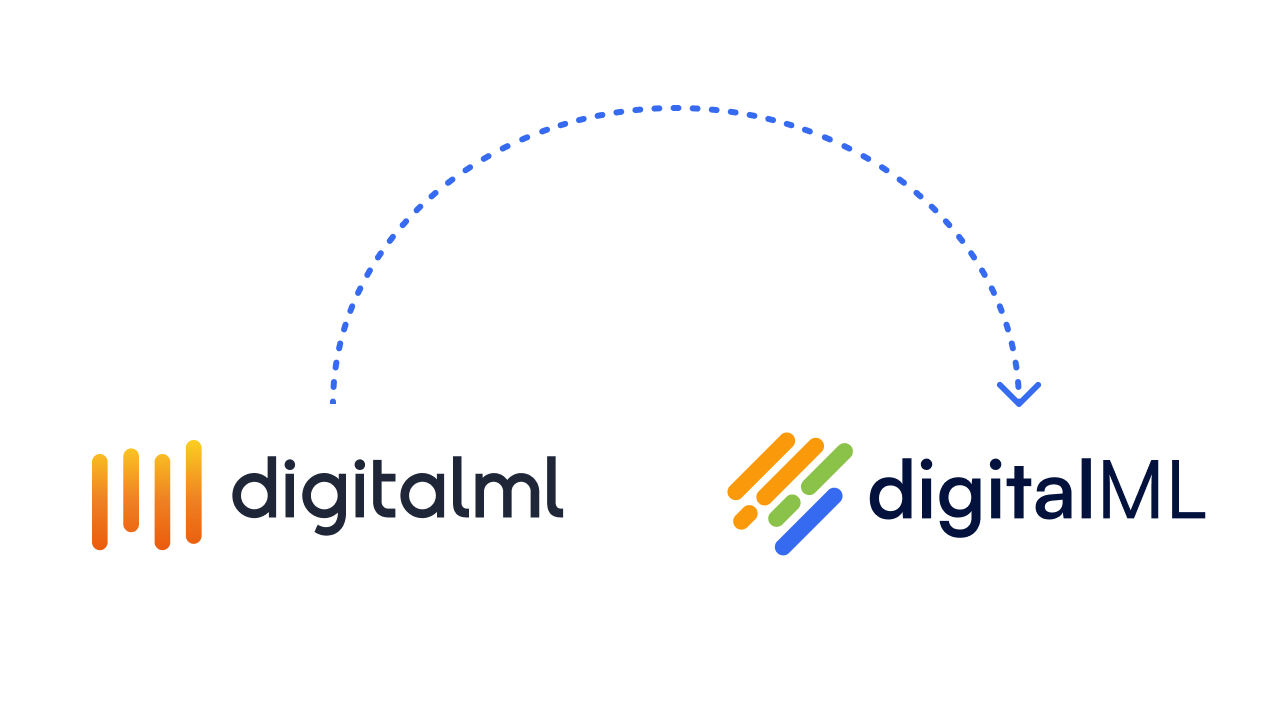In this post, we’ll be discussing
- the best practice architecture for the API first enterprise
- benefits of API-based architecture done right for your organization
- what the framework to success includes
Fortune 2000 companies are responding to changing business models and digital transformation opportunities through the development of open platforms and an API first approach. For Enterprise Architecture teams, this means faster business responsiveness, aiding audit requests, enabling application and product development teams. Your teams want to use the best of the new platforms and continue to support:
- legacy systems
- partner and third-party providers
- changing customer expectations
API-Centric Architecture to Expose Digital Capabilities and Increase Agility
The API-centric architecture helps unlock business and technical usage. What’s more, it makes it available where it is needed – reliably, securely, and across distributed environments, platforms, and applications. It provides a framework for digital leadership through:
- business and IT joint effort
- baked-in alignment to standards
- flexibility for changing technology and vendors.
And, it supports exceptional provider and consumer experiences that are embracing application programming interfaces (APIs), events, and services. Your enterprise can then easily expose or embed digital capabilities and increase agility across the entire lifecycle.
Best practice API architectures are supporting a broad range of business and technical capabilities. The integrated architecture has moved well beyond simply:
- standing up an API gateway (and utilizing an API management platform)
- focusing on a small group of developers and a limited set of functionalities exposed as APIs.
A successful framework provides scale and a consistent way of developing the artifacts needed by the enterprise (in the format that makes the most sense). Think APIs, services, events, messages in different formats like OAS, JSON, XML, Avro. These artifacts unlock value and create synergies with internal and external partners.
Best practice architectures also enable faster and cheaper de-coupling of large monolithic systems into microservices and APIs. These in turn enable you to develop new digitally native services more quickly.
They can even create a force-multiplier platform for ever combining capabilities and hard to find developer and product owner talent . And force-multiply that talent as they plan, design, develop, manage, and secure the artifacts that make digital go.
Enterprise Architecture Highlights: A Framework for Digital Leadership
Combining industry standard services with industry leading components and interfaces, your enterprise can change how it does business in a digital world using common, reusable experiences and services.
This includes engagement channels that:
- are available via mobile, web, API, embedded, and physical.
- provide consumers with the tools, knowledge, documentation, and direct support
- are ready to reuse with fully production-ready flows and reliable artifacts (APIs, services, and events)
While managing the complexity below the pretty surface that:
- expose data, logic, and processes from systems of records (e.g., internal and 3rd party applications, mainframes)
- run on shared or dedicated platforms (e.g., API gateways, payment rails, event hubs) in distributed environments (e.g. cloud, data centers, partner networks)
- have dependencies, relationships, and changes that support your internal, customer, and partner journeys’ offering
An integrated architecture supporting the full lifecycle ensures high quality APIs, services, and events can be:
- properly planned
- designed from scratch, or from legacy services
- aligned to enterprise standards and combined into consumable products so they’re available where your consumer is.
An architectural framework for success
The best practice architecture includes:
- API Gateways: making it easy for developers to publish, orchestrate, monitor, secure, and run APIs at scale. Enterprises are running multiple gateways to support different consumer, integration, cloud, and line of business requirements
- Event Streaming Platforms: ingest, store, and process real-time data in scalable and resilient manners. You capture business events as they happen and react to them in real-time.
- Middleware: continuing to provide application-to-application communication
- Cloud and on-premise environments: for data, computing, storage and applications
- CI/CD integration: providing testing, automation of release management
- Security and compliance for identification and authorization, encryption, vulnerability and assessments, and PCI
- Service desk, application management, and technical points of contact for end user issues
- Data services like recommendation engines, machine learning, big data platforms, analytics
- Data assets and back-end systems that provide the key data, logic, and processes that:
- run digital services
- drive application development requirements
- and make being part of an enterprise more challenging than your digitally native competitors
The final piece of the puzzle is the capability addressing the gaps in this architecture, that reduces the many point-to-point solutions and inconsistent development methodologies:
10. A centralized catalog and an overall lifecycle management that provides a source of truth across all stages of the lifecycle. All while making artifacts understood and discoverable by business and development users.
API-Centric Architecture with the ignite Platform – for the full benefits of APIs
The ignite Platform is the Enterprise’s holistic catalog with extended lifecycle. ignite moves enterprises away from a Service-by-Service snapshot that is tightly coupled to a platform. Instead, you move towards a view of the entire portfolio of business and technical functions. These functions can in turn be generated as reliable and consistent APIs, events, and services.
And we know the lifecycle is not a once and done process.
A successful lifecycle constantly feeds your holistic catalog to continue coverage growth. And that coverage is represented as reusable, properly governed, and reliable APIs, Events, and Services. These can easily be built new, modified, or extended for future needs. All this enables faster time to market, easy scalability, and innovation.







